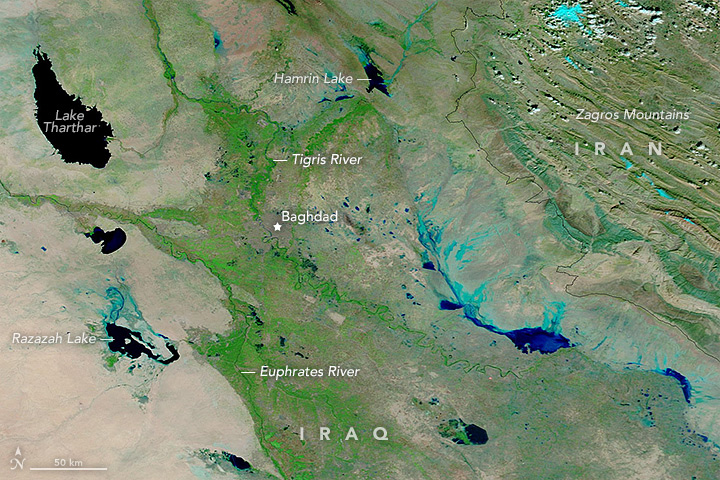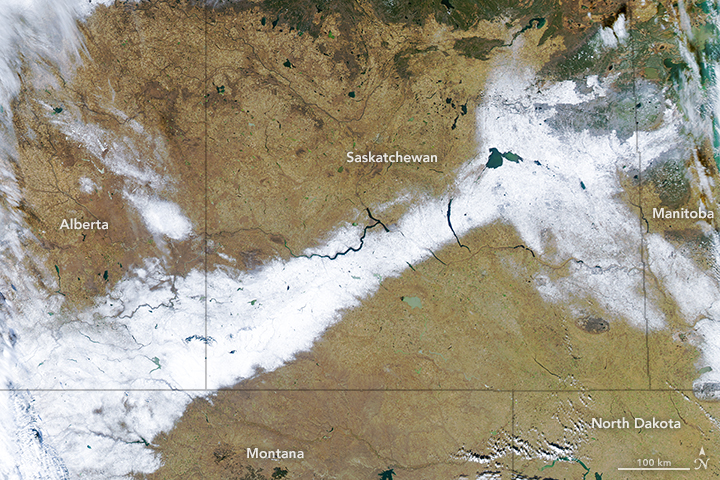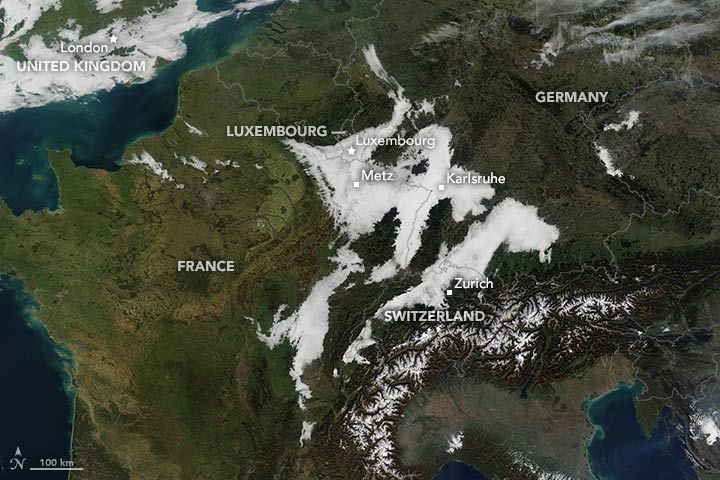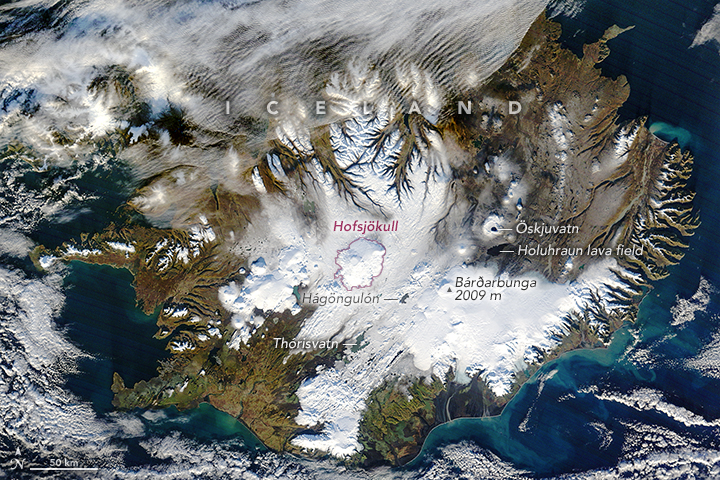
Measurements of carbon monoxide in April 2014 from the MOPITT instrument (Measurement of Pollution in the Troposphere) aboard NASA’s globally orbiting Terra spacecraft. The boxes show the observing domains for geostationary satellites and red colors indicate high levels of carbon monoxide. (©UCAR. Image courtesy Helen Worden, NCAR
Measurements of Pollution in the Troposphere (MOPITT) on NASA’s Terra satellite is being used to prove a concept in which new geostationary satellites could improve how agencies monitor and forecast air quality. Chemistry-climate model output would be combined from satellite data from a fleet of geostationary satellites.
“We think the new perspective made possible by geostationary sensors would provide data that is useful for everyday air quality forecasting, as well as for early warnings about extreme events, like the effects of wildfires,” said Helen Worden, NCAR scientist and member of the research team, according to the UCAR website.
MOPITT provides one to two measurements over a given location per day. The geostationary fleet would allow multiple measurements of certain locations per day, making it possible to track emissions over rush hour versus lower traffic times in some urban areas.
The statistical technique used to test the geostationary fleet as a proof of concept was first developed to analyze data from MOPITT, which pioneered the measurement of carbon monoxide from space.
To find out more read the full article from UCAR https://www2.ucar.edu/atmosnews/just-published/17531/tracking-air-quality-high-sky





